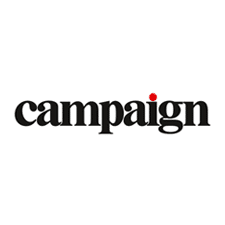The State Of Play Today
The challenges confronting brand safety in APAC are many.
The first, and perhaps most common, is: many would hesitate to bear the cost of brand safety. A percentage of tech fee is usually added into the media cost to apply brand safety tech; translating into higher costs for brands and agencies. This is especially pertinent in Asia, where marketers and agencies are often “in a race” to deliver KPIs at the lowest cost possible. There is also a misunderstanding of premium inventory, with many thinking that the more brand safety controls there are, the less inventory there will be, and KPI numbers will go down. As Deepika Nikhilender, senior VP APAC at Xaxis, puts it succinctly, “everyone wants more for less, so what can you do?”
Tom Dover, senior account director, Xandr, shares a similar sentiment, “while some believe the responsibility falls purely on agencies, the reality is that every participant should have a vested interest in ensuring that advertising is not placed next to inappropriate content.”
However, in some cases it isn’t about no one wanting to bear the cost, but rather the reality that no companies, agencies or bodies could take full ownership of brand safety. And yet, sometimes it’s not that no one wants to take responsibility, it’s that everyone is defining what brand safety means in their own roles. While the publisher is defining what brand safety is from a content perspective, the agency’s focus is on whether the tech being brought in to manage campaigns are safe. “The client gives the brief to the agency, who then briefs the publisher. When each stakeholder has different areas of responsibilities naturally, they’d be fulfilling different KPIs, and very often, they won’t be converging towards the same brand safety goals,” notes Nikhilender.
A ‘one-size-fits-all’ approach is another misconception. According to Dover, a local, market-specific approach is best when it comes to brand safety. “What is considered “brand safe” in one country may very well not be deemed acceptable in another. For example, alcohol content might be acceptable for an FMCG brand in Singapore or Hong Kong, but that same content from the same brand will not meet safety standards in other markets like Indonesia. Similarly, for e-commerce brands, discounts might make their creatives more appealing in China or India, but fall foul of restrictions on sales promotions in Vietnam, where there are set periods of the year for advertising more than 50% discounts.”
There are also technical challenges. As demand and supply platforms are constantly evolving, it could be hard for everyone along the marketing channel to keep up. User-generated platforms presents the biggest challenge, says Nikhilender. “Take a platform like TikTok, brands need to do their due diligence in investigating to make sure that their content can be placed in a safe environment before they’d consider working with it.”
While many companies know that brand safety is important, the above reasons might explain why it ultimately isn’t a top priority until a PR crisis happens, and marketers and agencies have to contend with the reality that lower brand safety standards would lead to a drop in brand value over time. In fact, a Jupiter research estimated that US$42 billion of digital ad spending was lost to fraud worldwide—and will rise to US$100 billion by 2023.

